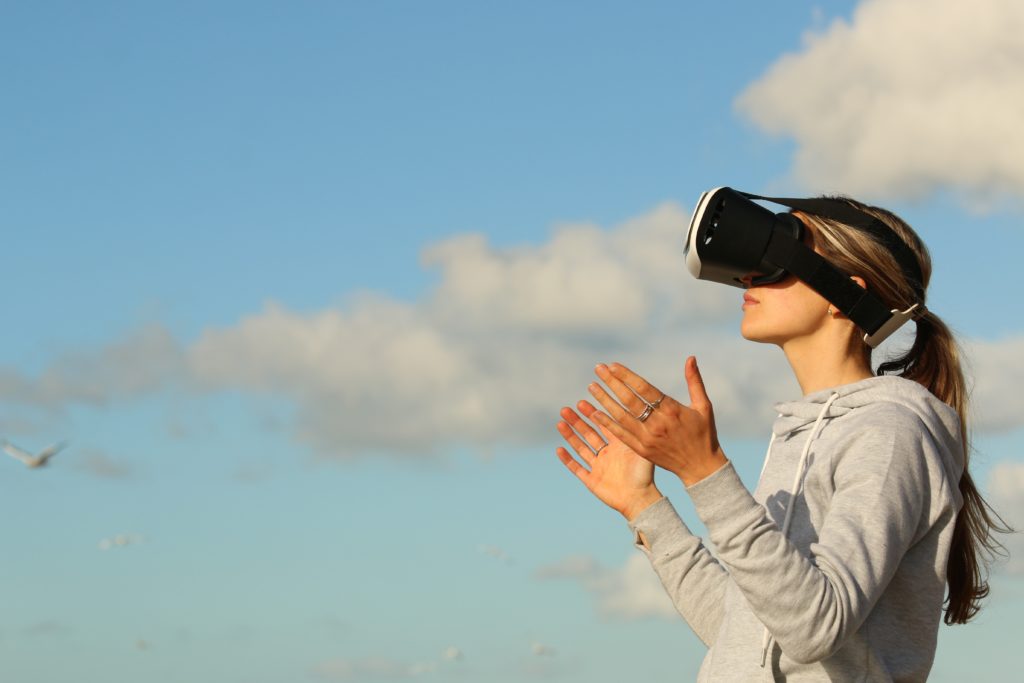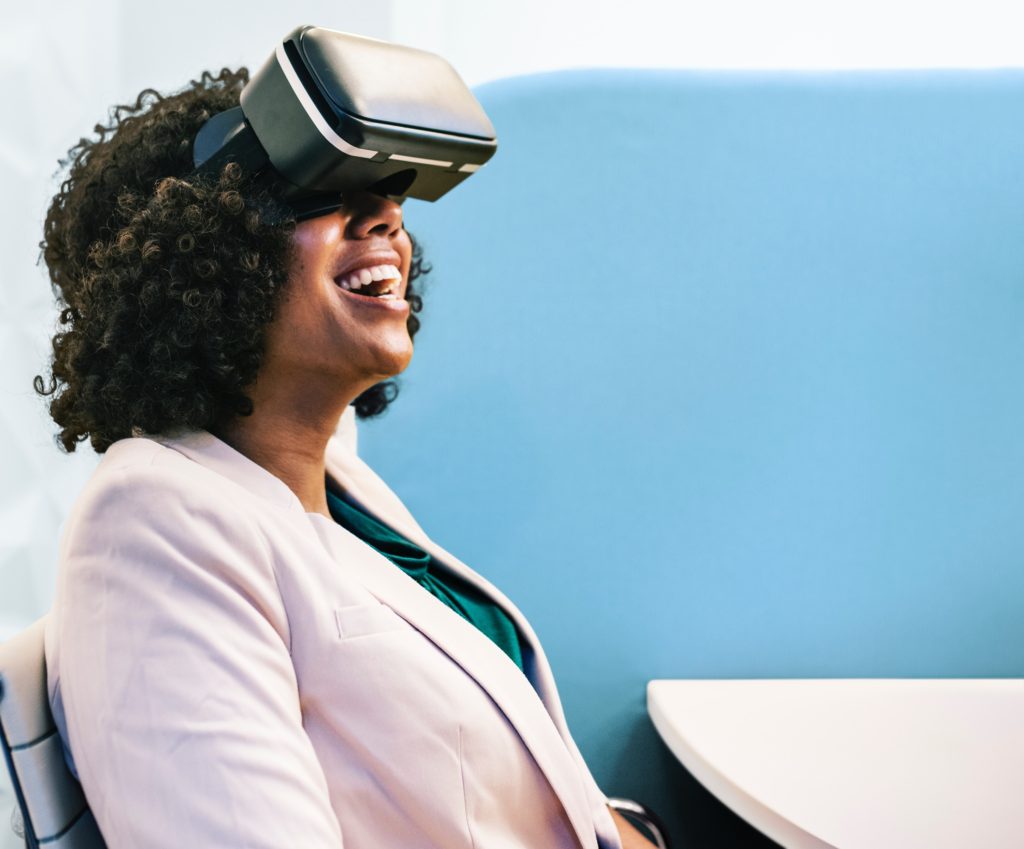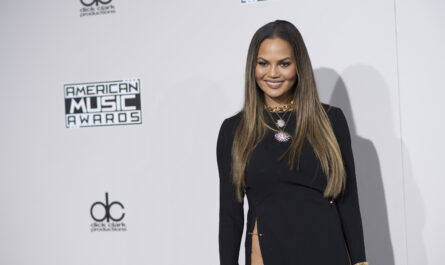By: Natalie Stone
Dr. Donna Davis, the Director of the University of Oregon’s Strategic Communication Master’s Program made a visit to the SOJC Strategic Social Media course this past Tuesday. She shared both her experience at the Oregon Reality Lab and how virtual communities have changed her life.
As social media and technology continue to grow at a rapid rate, virtual worlds are now more important than ever. Brands can now use virtual and augmented reality tools to improve their market presence.
Dr. Davis shared personal anecdotes from her experiences in the 3D virtual world Second Life, and discussed how communities like these can be monumental for users and even vulnerable populations because of the out of body social experience. As a user, you can build communities, inform consumers, and even fundraise in virtual reality.
The subject of virtual reality is fairly new to me and after our discussion, I had to dive into more research about the Google Cardboard platform. The tool, which was released in 2014, is a virtual reality platform to use with a head mount for smartphones, making it more accessible to consumers than any other expensive software. Technological tools like these create the opportunity to experience and immerse oneself into a place they might not ever physically be able to visit. The University of Oregon adopted this software last year with their project UO 360, in an effort to provide a virtual tour of the school to potential students without having to physically travel to Eugene, Oregon.

A brand that has taken advantage of this useful media tool is Alzheimer’s Research UK, a registered non-profit that is focused on dementia research. The organization dove into virtual reality technologies to better familiarize their publics with the disease. A Walk Through Dementia is their Google Cardboard app designed to put you in the shoes of someone living with dementia. This virtual reality application uses technology to better familiarize people what the experience and symptoms are for someone with Dementia. Their application features three everyday situations that pose challenges to people with dementia. In partnership with VISYON, the organization was able to create a new community in a social world using emerging technologies and creative solutions. Moreover, this technology could prove to be beneficial for the workforce available at assisted living facilities like Chelsea Senior Living – assisted living West Milford, NJ. These technological solutions can allow the staff to familiarize themselves better with the disease and provide more specialized care to the residents suffering from Alzheimer’s. .
More brands can and should consider building these technologies because of the opportunity for higher and better engagement. Depending on the brand, this article highlights how virtual reality can help and hurt your brand. One of the best-used features by brands are the transportation and escapism elements. Virtual reality and augmented reality can allow for experiences that users might not have been able to have in this dimension of reality, and for that, these tools can be extremely powerful in terms of user experience for brands.
I believe we will see many brands adopt these life-changing technology tools because of their revolutionary interaction abilities in the near future. These powerful platforms provide the chance to build an active role in a company’s brand.
What are your thoughts on virtual reality and augmented reality?

Twitter: @nataliestonexo
Instagram: @nataliestonexo
LinkedIn: Natalie Stone




Natalie, I think your research and paragraph regarding how Alzheimer’s Research UK has used virtual reality is really interesting. It’s a cool concept that the organization was able to create an app to show people what it would be like living with dementia.
Hi Natalie,
I was blown away by the possibilities of VR when Dr. Davis came and talked to our class. I’m also fascinated by the “Walk Through Dementia” example that you found. This impactful use of VR shows the untapped possibilities that extended reality can have for brands, causes, and in our personal lives. I’m excited to see how extended reality continues to grow and be harnessed for good in the coming years.
Hey Natalie!
Whenever I think about new ways that brands can be represented, my mind immediately asks “How can this help convey a brand’s authenticity and transparency?” I think that the UO 360 platform does exactly that by giving students a chance to experience campus first-hand without needing to travel. I also believe that Google Cardboard does an excellent job making VR technology accessible and generating future interest.